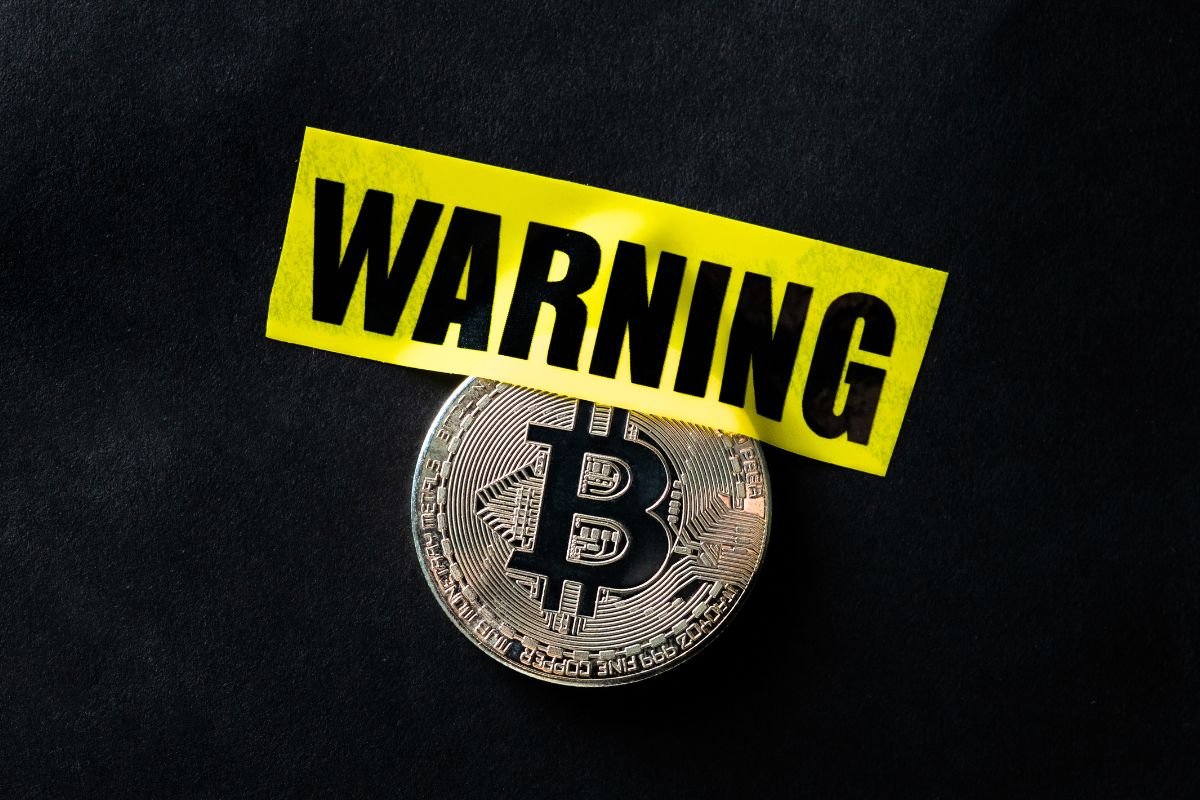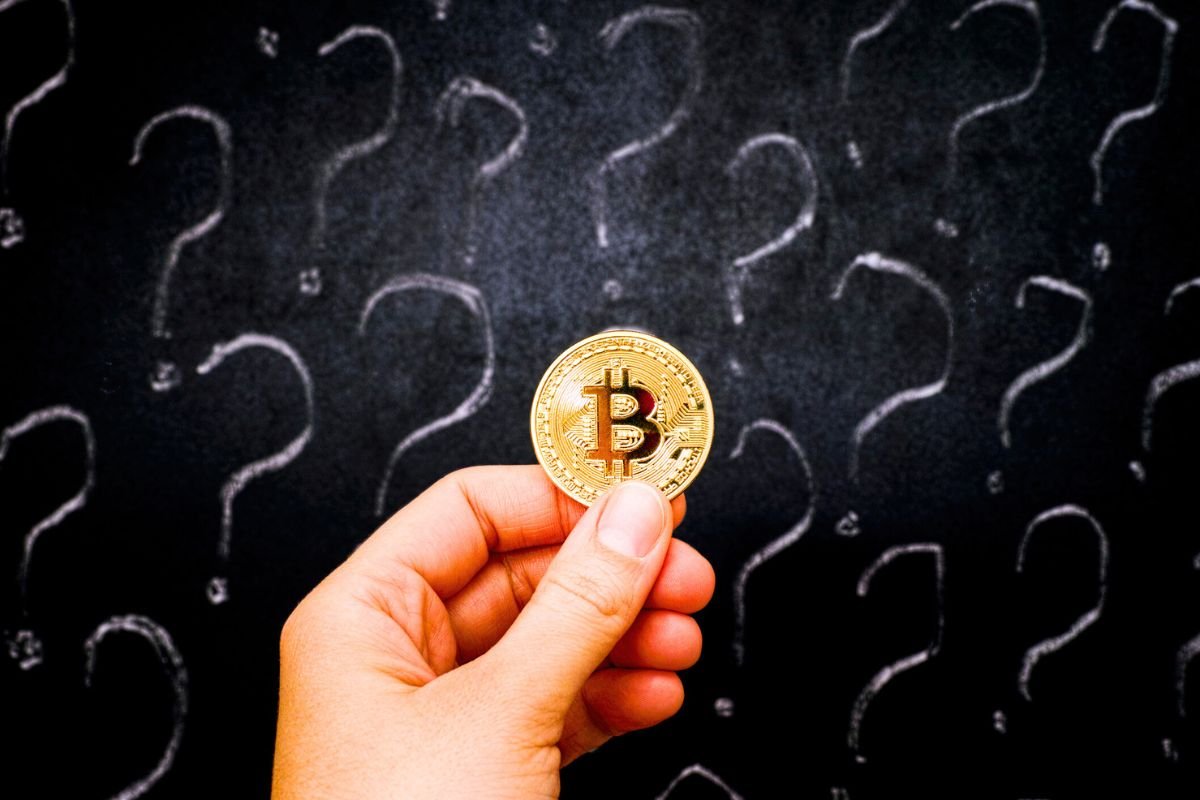
Trump’s Plan to Send Bitcoin Soaring
- Why Happiness Is the Real Currency—Better Than Any Crypto Investment - November 11, 2025
- How to start investing in cryptocurrency the smart way - September 1, 2025
- The 5 mistakes to avoid if you want to invest in crypto safely - August 31, 2025
In an unexpected move, former President Donald Trump is already reshaping expectations for U.S. monetary policy—well before the Federal Reserve’s next chair is even chosen. By signalling a dramatic cut in interest rates, he’s setting the stage for a wave of market volatility and, perhaps more tantalisingly for crypto-watchers, a seismic bull run in Bitcoin.
Trump Upsets the Fed’s Timeline to Slash Rates
Breaking with tradition, Trump announced on Truth Social that he plans to replace Jerome Powell’s successor early—potentially months in advance of the typical Fed process. According to Polymarket, only 37% of traders believe no announcement will occur before December, illustrating just how seriously the market is taking his statements. This unorthodox strategy has already dented Powell’s credibility, turning each of his remarks into a high-stakes event.
I remember catching up with a friend in finance over coffee last week: he joked that he checks his phone more for Trump’s posts than for economic indicators. Such is the sway of presidential pre-announcements today, with bond yields, the dollar and Bitcoin all twitching at every social media update.
Christopher Waller, the Front-Runner Championing Lower Rates
Governed by pragmatism, Fed Governor Christopher Waller has surged ahead in betting markets like Kalshi. In December, his advocacy for rate cuts—even amid tariff pressures—drove the two-year Treasury yield down by 20 basis points in just 15 minutes. Many analysts now dub him Trump’s “shadow Fed chair,” suggesting he’s already guiding investor expectations.
Waller believes supply-side shocks from tariffs will fade more quickly than inflation data suggests, allowing for a liquidity flood without fanning long-term price pressures. If appointed, his tenure could mean sustained low rates and a weaker dollar—conditions that typically buoy risk assets like Bitcoin.
Kevin Walsh, the Hawk Who Could Surprise Markets
In stark contrast stands Kevin Walsh, former Fed Governor and ex-Morgan Stanley banker. A vocal critic of current Fed easing, Walsh insists rates stay elevated until inflation convincingly returns to the Fed’s 2% target.
Despite his outsider status, a Walsh nomination would send shockwaves: markets would reprice for tighter policy, and Bitcoin could suffer. High real rates and a fortified dollar would likely drive crypto investors back towards conventional “safe havens,” dampening any crypto frenzy in the near term.
Architects of an Aggressive Money-Printing Stance
Beyond the Fed bench lie two Treasury figures whose influence could turbocharge Trump’s vision: Treasury Secretary Scott Bessent and National Economic Council Director Kevin Hassett. On Fox Business, Bessent hinted at retaining his current role rather than coveting Chair, yet his strategy of issuing short-term Treasury bills to suppress long-term yields dovetails perfectly with a pro-stimulus Fed.
Hassett goes even further, arguing there’s “no reason” to delay rate cuts and pairing generous fiscal stimulus with loose monetary policy. Together, they could orchestrate a historic liquidity flood, laying groundwork for soaring asset prices—and Bitcoin stands to benefit most from this confluence.
What Could Lower Rates Mean for Bitcoin?
Bitcoin historically thrives when real interest rates dip into negative territory and the dollar weakens. Under a Waller-Bessent-Hassett regime, fresh fiat creation and cheap financing would likely propel Bitcoin toward fresh record highs. Traders would look to exploit rapid moves, with platforms like TradingView already showing heightened volume around every Fed-related announcement.
Conversely, Walsh’s hawkish stance threatens to derail this narrative, replacing speculation with caution. Investors might pivot back to Treasuries and gold, sidelines Bitcoin until the policy outlook shifts again.
Ultimately, the next Fed Chair decision won’t just shape U.S. monetary policy—it will ripple across global markets, influencing the balance between dollar, euro and yuan, and sparking new opportunities in digital assets. For anyone holding even a small portion of Bitcoin, the months ahead could prove pivotal.
You may also like
Calendar
| M | T | W | T | F | S | S |
|---|---|---|---|---|---|---|
| 1 | 2 | 3 | 4 | 5 | 6 | 7 |
| 8 | 9 | 10 | 11 | 12 | 13 | 14 |
| 15 | 16 | 17 | 18 | 19 | 20 | 21 |
| 22 | 23 | 24 | 25 | 26 | 27 | 28 |
| 29 | 30 | 31 | ||||


